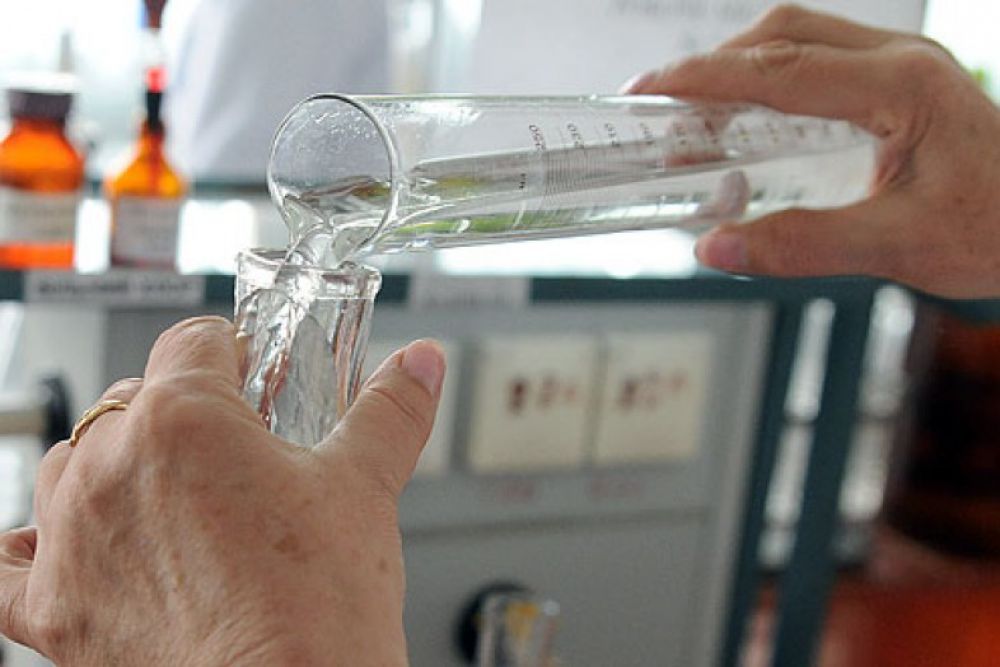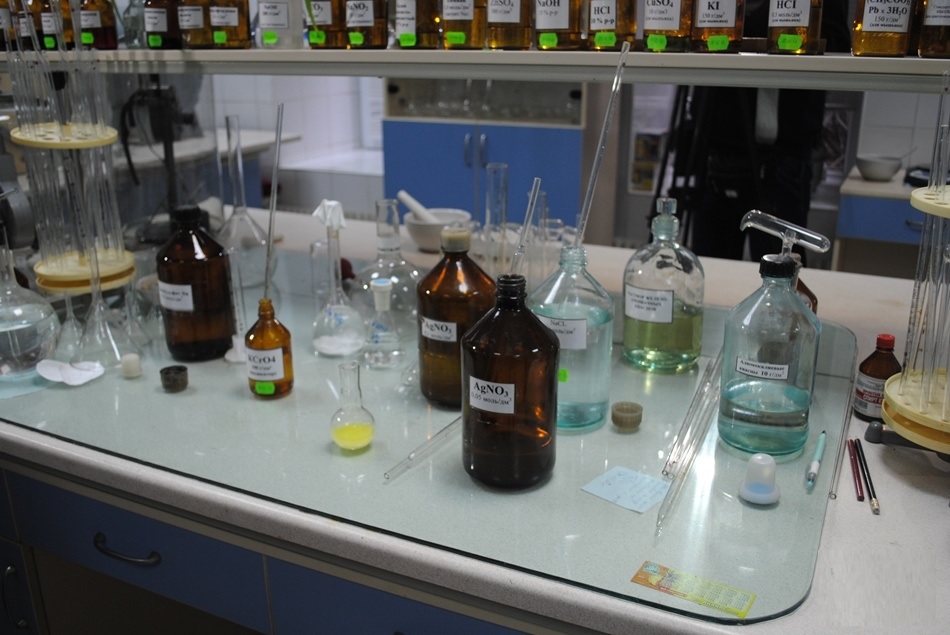
CODMn content determination principle
Under acidic conditions, add excess potassium permanganate standard solution to the water sample to oxidize some organic and reducing substances in the water sample. After the reaction, add excess sodium oxalate as the reducing agent to the remaining potassium permanganate. Use potassium permanganate standard solution to drip back excess sodium oxalate to calculate the potassium permanganate consumed by the reducing substances contained in the water sample, and then convert it to CODh.The advantages and disadvantages of potassium permanganate in the determination of CODMn content in water
Under the specified conditions, the organic matter in the water can only be partially oxidized. It is not a theoretical oxygen demand and cannot reflect the total organic matter content in the water body. In my country's new environmental water quality standards, only acid potassium dichromate The value measured by the method is called the chemical oxygen demand. However, the potassium dichromate method is cumbersome and not as simple and fast as the potassium permanganate method. However, the potassium permanganate method is limited to the determination of water samples that are not seriously polluted. Because sewage and industrial wastewater contain many complex organic substances, it cannot be permanganate. Potassium is oxidized, so the result is not satisfactory in the measurement. Therefore, the potassium dichromate method is not as good as the potassium dichromate method when measuring seriously polluted water samples. The potassium permanganate method cannot fully indicate the degree of pollution of the water body by organic matter, but the potassium permanganate method has the advantages of quickness and simplicity. To a certain extent, it can compare the degree of pollution of the water body, so it is still considered as a measure of the degree of water pollution. One of the signs。

The influence of solution acidity on the determination of COD by potassium permanganate
The result of permanganate index determination is related to the acidity of the solution, the concentration of permanganate, the heating temperature and time. Therefore, the operating regulations must be strictly observed during the measurement to make the final results comparable.This method is suitable for the determination of clean water samples such as drinking water, source water and surface water. It is not suitable for the determination of the load of organic matter in industrial wastewater. For determination, the potassium dichromate method can be used to determine the chemical oxygen demand. According to the different medium of the measurement solution, CODMn is divided into acid potassium permanganate method and alkaline potassium permanganate method. Since the oxidation ability of potassium permanganate under alkaline conditions is slightly weaker than that under acidic conditions, it cannot oxidize chloride ions in water at this time, so it is often used to determine water samples with a higher concentration of chloride ions. The acid potassium permanganate method is suitable for water samples whose chloride ion content does not exceed 30mgL. The chloride ion concentration is higher than 300mg/L, and the method of oxidation in alkaline medium is adopted. When the permanganate index exceeds 10mg/L, less water samples should be taken and diluted before the determination.



